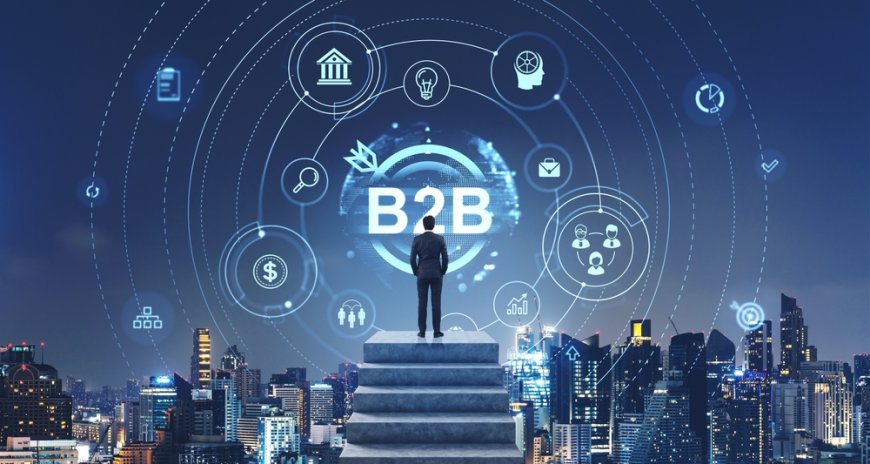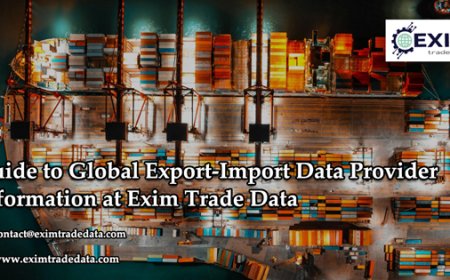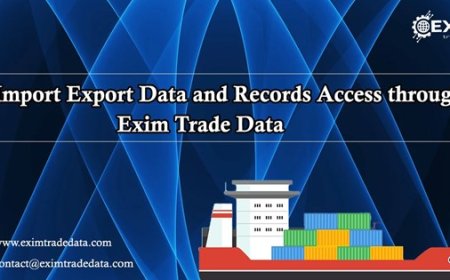Acceligize’s Guide to Driving Consistent B2B Engagement Across Channels

In todays competitive landscape, B2B audience engagement is no longer a soft metricits a fundamental driver of business growth. As B2B buyers become more discerning, and as digital touchpoints multiply, companies that fail to deeply engage their audiences risk becoming irrelevant. Whether you're nurturing leads, retaining customers, or launching a new campaign, every interaction must be intentional, relevant, and personalized.
This article explores the most effective best practices for improving B2B audience engagement, ensuring that every brand interaction moves your prospects closer to conversion and loyalty.
Understand Buyer Personas to Personalize Engagement
B2B decision-makers are not a homogenous group. They differ in industry roles, responsibilities, pain points, and purchasing authority. The cornerstone of effective B2B audience engagement is developing detailed buyer personas. These should go beyond demographics and delve into:
- Business challenges and priorities
- Decision-making influence
- Preferred content formats
- Channels where they consume information
With these insights, B2B marketers can tailor messages that resonate at each stage of the funnel. Engaging personas with personalized messagingwhether through targeted email campaigns or dynamic website contentcan drastically improve response rates and retention.
Leverage Intent Data for Timely Outreach
In B2B marketing, timing is everything. Knowing when a prospect is in the research or decision-making phase allows you to engage them with maximum relevance. Thats where intent data becomes invaluable. By analyzing behavioral signals such as:
- Website page views
- Search engine queries
- Engagement with competitor content
You can predict which prospects are most likely to convert. Armed with this information, marketers can craft campaigns that deliver the right message at the right time, greatly boosting B2B audience engagement.
Implement Interactive Content for Deeper Involvement
Static content has its place, but interactive content opens the door for two-way engagement. This format encourages active participation from the user, enhancing retention and comprehension. High-performing interactive formats in B2B audience engagement include:
- ROI calculators
- Quizzes or assessments
- Product configurators
- Interactive infographics
These formats help prospects self-qualify while guiding them through the buyers journey. More importantly, they provide actionable insights to the marketing and sales teams for tailored follow-up.
Align Content with the Buyers Journey
Too often, B2B marketers push sales content before a lead is ready. Mapping your content to each phase of the buyers journey ensures a more intuitive experience and elevates B2B audience engagement. Here's how to align content types:
- Awareness Stage: Educational blog posts, infographics, and industry reports.
- Consideration Stage: Case studies, webinars, comparison guides.
- Decision Stage: Product demos, free trials, ROI case analysis.
This journey-based content strategy empowers users to self-navigate toward conversion, increasing the likelihood of long-term engagement.
To know more visit us @ https://acceligize.com/
Use Account-Based Marketing (ABM) to Engage High-Value Targets
Not all prospects are created equal. ABM strategies help prioritize high-value accounts by creating personalized marketing experiences tailored to their unique challenges. In an ABM model, engagement becomes hyper-relevant, often involving:
- Customized landing pages
- Personalized email sequences
- Direct mail campaigns or executive outreach
- Thought leadership content aligned to the accounts industry or segment
This concentrated focus significantly improves B2B audience engagement among decision-makers, influencers, and buying committees within your ideal accounts.
Create an Omnichannel Engagement Strategy
Todays B2B buyers engage with brands across multiple platforms, including social media, email, web, events, and mobile. To keep them engaged, brands must adopt an omnichannel approach that ensures seamless transitions between platforms. An integrated engagement strategy includes:
- Consistent messaging and branding across touchpoints
- Real-time data syncing between platforms (CRM, email, social, etc.)
- Retargeting based on cross-channel behavior
- Leveraging AI-powered personalization for dynamic experiences
An omnichannel strategy meets the audience where they are, keeping B2B audience engagement fluid and frictionless across the funnel.
Utilize Video to Humanize the Brand
Video is an emotional powerhouse that can humanize B2B brands and increase engagement. Especially in remote-first work environments, video brings a face to your brand, offering authenticity and relatability. Effective video formats for B2B audience engagement include:
- Executive interviews and thought leadership
- Explainer videos or product tutorials
- Customer testimonial videos
- Behind-the-scenes company culture content
Videos can be embedded in emails, shared on social platforms, or hosted on landing pages to boost retention and engagement metrics.
Read More @ https://acceligize.com/featured-blogs/b2b-audience-engagement-best-practices/
Foster Community Through Engagement Platforms
Building a community around your brand fosters ongoing engagement and positions your company as a trusted resource. B2B brands can nurture community using:
- LinkedIn or Slack groups
- Industry-specific forums
- Online events and webinars with live Q&A
- Peer-to-peer networking opportunities
These community platforms create shared value and loyalty, allowing customers and prospects to connect beyond sales conversations and enrich B2B audience engagement over the long term.
Measure and Optimize Engagement Metrics
The only way to improve engagement is to measure it. Metrics that reflect B2B audience engagement include:
- Click-through rates (CTR)
- Email open rates
- Time spent on page
- Social shares and comments
- Webinar attendance and participation
- Content downloads
- Lead-to-MQL conversion rates
By regularly reviewing these metrics, marketers can identify whats resonating and double down on successful content, campaigns, and channels. A/B testing, heatmaps, and behavioral analytics tools can further refine efforts.
Focus on Trust and Value in Every Interaction
Finally, B2B buyers engage most with brands they trust. Establishing authority and credibility through high-quality, valuable content builds long-term engagement. Key strategies include:
- Consistent thought leadership via blogs, whitepapers, and podcasts
- Transparent messaging and honest product comparisons
- Ensuring compliance with data privacy regulations
- Offering real solutions rather than sales pitches
Value and authenticity win in the long game. Every email, blog post, or call must serve a purpose that aligns with the needs of the buyer.





























